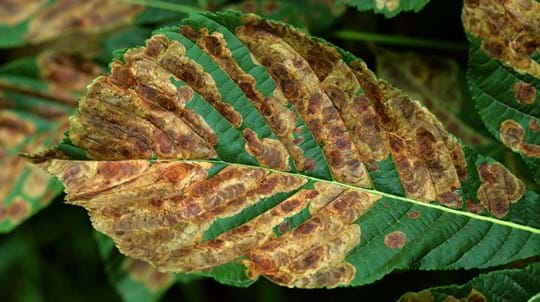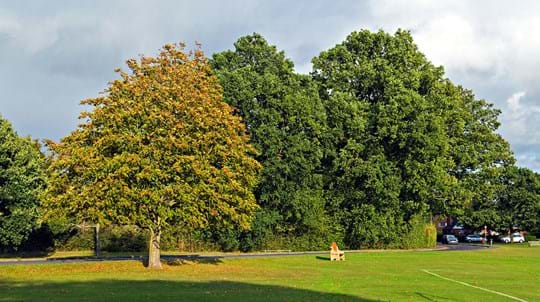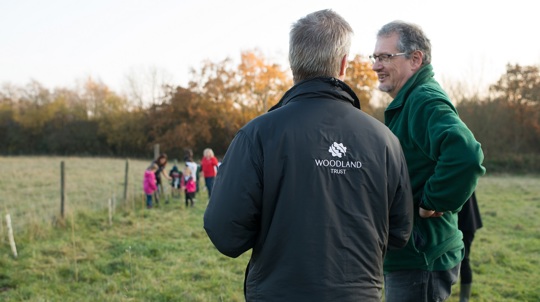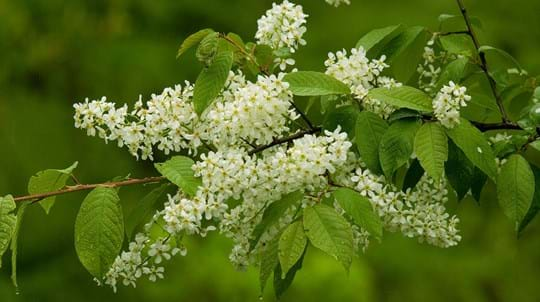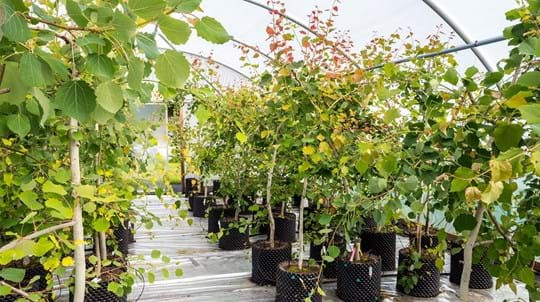
Credit: Ian Francis stock / Alamy Stock Photo
Horse chestnut leaf miner
One of the most noticeable pests is horse chestnut leaf miner. This tiny insect eats the inside of horse chestnut (Aesculus hippocastanum) leaves which leads to brown colouring with see-through patches and can leave the whole tree looking severely damaged. But, despite the damage, horse chestnuts often seem to cope well with this pest. If you own a horse chestnut with this problem then it will help to remove the fallen leaves in autumn as the insect overwinters in the leaves and re-infests each spring. Removing and burning leaves will lower the numbers of the pest but it won’t remove it entirely.












